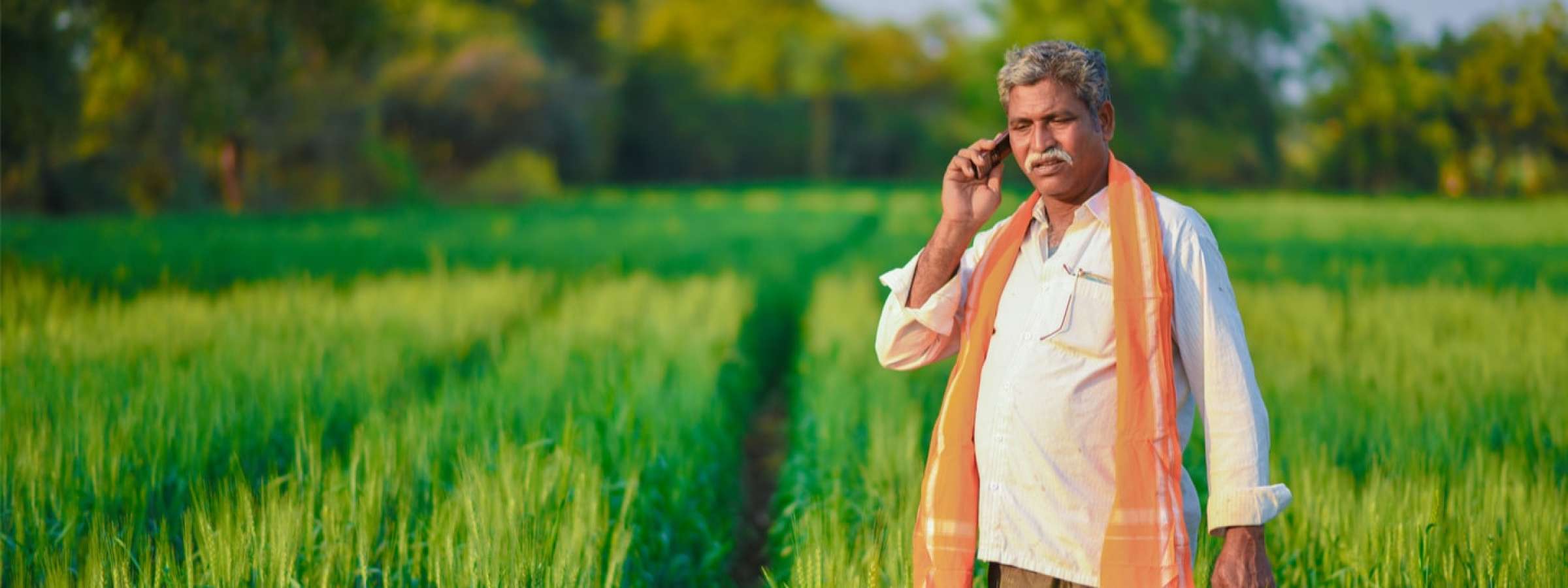- Home
- collections
Climate services for disaster risk reduction
Image

Introduction
How climate services can contribute to effective risk management systems and resilience building initiatives.
Themes
Please help us improve PreventionWeb by taking this brief survey. Your input will allow us to better serve the needs of the DRR community.

How climate services can contribute to effective risk management systems and resilience building initiatives.
Thank you. If you have 2 minutes, we would benefit from additional feedback (link opens in a new window).